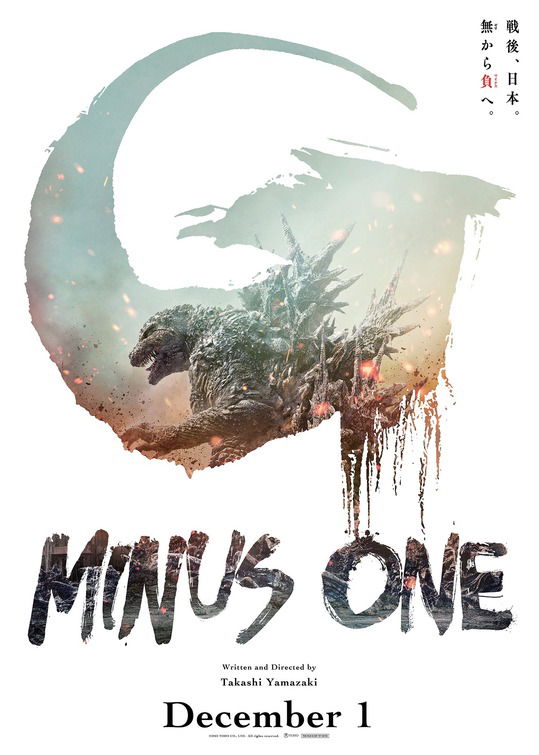“Stirring Redemptive, Pro-Life Action Movie”

| None | Light | Moderate | Heavy | |
|---|---|---|---|---|
| Language | ||||
| Violence | ||||
| Sex | ||||
| Nudity |
What You Need To Know:
GODZILLA MINUS ONE delivers a stirring drama where Godzilla is, surprisingly, not the movie’s most interesting element. At its core, the movie shows how wounds of guilt and trauma can be healed by love, forgiveness and the belief that every human life has value and deserves to continue. GODZILLA MINUS ONE is a remarkably written and crafted picture. It not only leads viewers to an epic battle between a war-torn pilot and his monstrous nemesis, but also through a deep, internal crisis within the hero. Caution is advised for older children.
Content:
Strong redemptive worldview with very strong moral pro-life values and strong conservative patriotic, anti-statist values promotes sacrifice, forgiveness, protecting life, service, family, loving family relationships, the value of life, service, and urges people to be self-sufficient and take responsibility for their country instead of relying on the government
One “d” word and one “h” word
Strong and sometimes intense, scary action violence includes large-scale destruction from Godzilla knocking over buildings and stepping on people and things, and there’s some blood and injury and death when people are eaten, stepped on, or struck by Godzilla
No sex
No nudity
No alcohol use
No smoking or drugs; and,
Nothing else objectionable.
More Detail:
Shikishima’s guilt follows him back to Tokyo, where he discovers his parents were killed in an Allied bombing of the city. Building his new civilian life, he takes care of a young woman named Noriko and her adopted child, Akiko. He provides for his ad hoc family by taking a job on a small boat, disarming mines left by the Allies in Japanese waters during the war.
Shikishima and his crewmates encounter Godzilla again, now much larger and stronger, and headed straight for the Japanese archipelago. Although they escape, they’re powerless to stop the monster from leveling the coastal city where Noriko works. She sacrifices herself to shove Shikishima behind a building large enough to protect him from Godzilla’s destruction.
Enraged at the loss of the woman he loves and frustrated by the Japanese government’s refusal to take action, Shikishima joins a group of fellow veterans who aim to take matters into their own hands. They send Shikishima up in an experimental aircraft to lure Godzilla over the deepest point near Japan, where their ships will be assembled to send the beast to a watery grave. However, Shikishima’s plane requires the help of an expert mechanic to become airworthy. He contacts the bitter Tachibana.
Can he convince Tachibana to help him? And, can they destroy Godzilla?
American Godzilla films may be synonymous with CGI excesses and weakly-written destruction-fests, but GODZILLA MINUS ONE delivers a stirring drama where Godzilla is, surprisingly, not nearly the most interesting element of the film. At its core, GODZILLA MINUS ONE is about the enormous trauma and guilt that accompany surviving a terrible war, and how those wounds can be healed by love, forgiveness and the belief that every human life has value and deserves to continue to live. This remarkably written and crafted picture escorts the audience not only to an epic battle between a war-torn pilot and his monstrous nemesis, but to a deep, internal crisis within a man who fights to believe that he deserves to exist.
GODZILLA MINUS ONE necessarily depicts the violence and chaos that come from an unprecedented disaster in populated areas. However, it lacks other objectionable content and contains strong redemptive, moral values. For example, it promotes sacrifice, forgiveness, loving family relationships, service, and the value of life. It also urges people to be self-sufficient and take responsibility for their country instead of relying on the government. The positive values and high entertainment value in GODZILLA MINUS ONE make this movie an edifying viewing choice for mature audiences, including teenagers and some older children, who may benefit from watching life win out over death and destruction.
That said, MOVIEGUIDE® advises caution for older children.


 - Content:
- Content: 